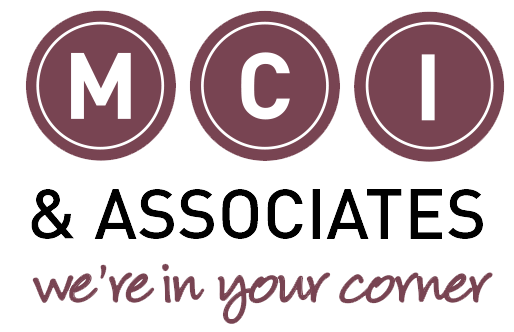I had some great feedback from a webinar I recently presented on the different tax structures available to businesses. In that webinar I discussed in some depth the main structures used. These are outlined below.
Sole Trader
Basically, the owner is the business. There are very low start-up costs involved and no need for any formal or legal registration. The disadvantages are that there is unlimited liability should things go wrong, so personal assets can be at risk. The business also only has a lifespan limited to the life of the owner and sometimes sole traders lack credibility in the marketplace. This can be important with rapidly scaling businesses looking to source outside investment. There are quite limited tax planning opportunities as a sole trader.
Partnerships
This is where two or more people are involved in a business. Again, there are relatively low start-up costs with no legal registration needed, although a partnership IRD number is required. We strongly recommend a partnership agreement be entered into, particularly when the partnership is between third parties. This document will help should disagreements between partners occur. Each partner is “jointly and severally” liable for the partnership debts, which could see one partner covering them all. There is, however, more scope for tax planning with a partnership than with a sole trader.
Company
A company is a separate legal entity that requires its own IRD number and registration. There are higher costs involved with a company structure and we strongly recommend a shareholders agreement, particularly when the shareholders are third parties. There is some limited liability protection through using a company, although shareholders need to be aware that they will inevitably be asked to sign Personal Guarantees by the company’s creditors. There is more ability for tax planning, but there are more tax issues to be aware of. Companies are great vehicles for succession, but there are further costs to dissolve a company if it is no longer required.
Trusts
Trusts are frequently used to hold and safeguard assets that increase in value. Trusts are separate legal entities and require a Trust Deed and registration with the Inland Revenue. They can be effective tools for succession planning and offer some limited tax planning opportunities. There are some significant obligations placed on trustees to comply with their duties set out in the Trustees Act 2019. Trusts can be difficult and costly to dissolve.
Beyond these structures we also have Trading Trusts, Look-through Companies (LTC) and Limited Partnerships.
A combination of any of the foregoing is often used to achieve a clients objectives.
I have a philosophy that one size fits no one. This is an area that needs to be discussed with a client from the outset and then periodically reviewed. As circumstances change it is often necessary to look at restructuring.
The key message is it all starts with talking, so as the column title suggests…let’s talk!
If you would like to know more about Business Structures, please contact Billy Taylor at MCI & Associates. You can reach him on 06 374 7059 or email This email address is being protected from spambots. You need JavaScript enabled to view it.




